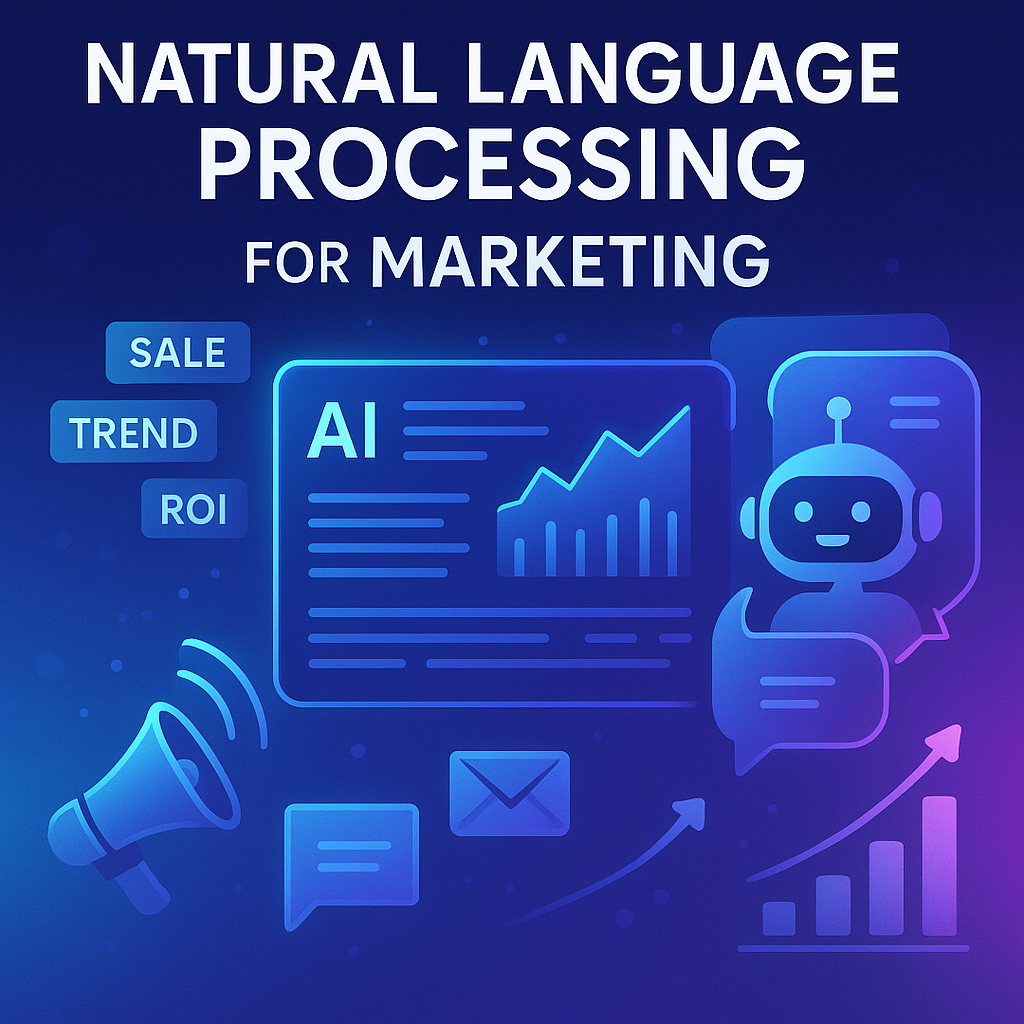Artificial Intelligence (AI) is not only transforming industries like healthcare and education but is also revolutionizing creativity itself. Can AI create art? In this blog, we explore how AI is shaping the future of creativity, backed by real-world examples, mathematical models, and emerging trends.
For those interested in how AI is reshaping other industries, check out our previous blogs: How AI is Changing Education, The Complete Guide to AI for Small Business Owners, and How AI is Shaping the Future of Healthcare: 2025 Trends.
What Does AI-Created Art Look Like?
AI-generated art can include paintings, music, poetry, and even sculptures created using algorithms like Generative Adversarial Networks (GANs) and machine learning models. Tools like DALL·E 2 and NVIDIA's AI Playground show how machines can generate highly realistic art from text descriptions.
How Does AI Generate Art? (With Math Behind It)
Most AI art generation models are based on probability distributions and optimization algorithms. For example, a simple objective function in a GAN looks like:
min_G max_D V(D, G) = E_x~P_data(x)[log D(x)] + E_z~P_z(z)[log (1 - D(G(z)))]
Where:
- D = Discriminator trying to distinguish real from fake
- G = Generator trying to produce real-looking art
- E = Expected value over probability distributions
This adversarial training helps AI generate unique and compelling artistic outputs!
Real-World Applications of AI Art
- AI in Music: Apps like Amper Music compose entire soundtracks autonomously.
- AI in Fine Art: In 2018, an AI-created portrait called "Portrait of Edmond de Belamy" sold for $432,500 at Christie's auction house.
- AI in Film and Animation: Studios use AI to design characters and special effects quickly and cheaply.
Can AI Truly Replace Human Creativity?
While AI can mimic styles and generate beautiful works, it currently lacks the **emotional depth, experience, and intuition** of human artists. Think of it like this mathematically:
Creativity Score (C) = (Technical Skill × Emotional Depth) / Repetition
AI may score high on "Technical Skill" but low on "Emotional Depth"—meaning human creativity still leads.
The Challenges and Ethical Considerations
- Originality: Is AI-generated art considered plagiarism if it learns from existing human artworks?
- Copyright Issues: Who owns AI-generated art: the programmer, the machine, or nobody?
- Economic Impact: Will AI take jobs away from human artists, or simply become a tool for them?
These open questions are becoming a hot topic at places like the Future of Life Institute.
How Artists Can Leverage AI (Instead of Competing)
Artists can collaborate with AI to produce hybrid works, allowing for faster ideation and experimentation. Learning AI tools today is like learning Photoshop 20 years ago—essential for future-proofing your career!
For an in-depth beginner guide to AI adoption in business and creativity, explore our blog: The Complete Guide to AI for Small Business Owners.
Conclusion: AI + Humans = The Future of Art
Can AI create art? Yes, but the most powerful future lies in collaboration between artists and machines. By combining human emotional intelligence with AI’s computational power, we can unlock entirely new creative frontiers. If you're ready to dive deeper into AI's transformative powers, don't miss our full guide on AI and Education Trends for 2025.
Stay tuned for more updates on how AI continues to reshape creativity in 2025 and beyond!








